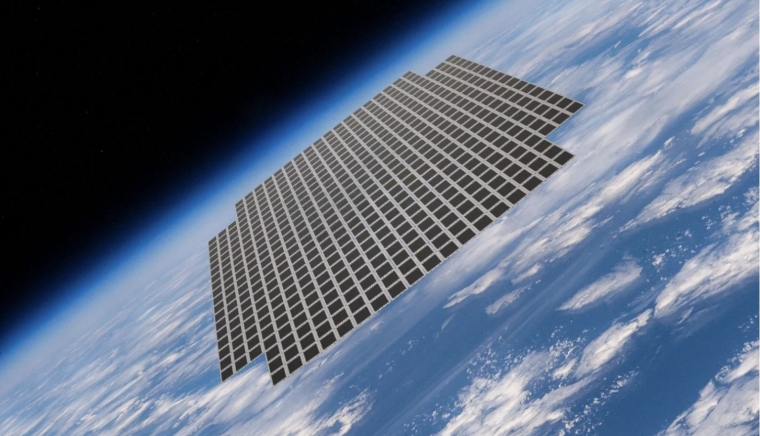
2degrees is marching onwards with its plans to provide direct-to-device (D2D) 4G and 5G service from low Earth orbit (LEO) satellites, in partnership with American company AST SpaceMobile, and we should see service trials from early next year as previously suggested by the telco.
The big news in the last week's update from 2degrees is its announcement of the construction of a satellite Earth station taking place in Marton, Manawatū-Whanganui. That site was chosen as it has good optical fibre connectivity, and also, a clear view of the sky which is obviously important when talking to satellites. Resource consent has been granted for Marton Earth station, 2degrees has budgeted $10 million to build.
To recap, AST SpaceMobile’s approach to D2D differs from that of SpaceX and its big constellations of physically small satellites. It looks like SpaceX has around 674 D2C capable Starlink satellites in LEO at the moment with more planned.
AST SpaceMobile meanwhile intends to put 45 to 60 satellites into LEO next year (it might go up to 90). Essentially, where SpaceX goes for large numbers of small satellites, AST SpaceMobile does the opposite.
The telco’s marketing boss Zac Summers and chief technology officer Stephen Kurzeja said the satellites are “the size of a tennis court” with the solar-powered phased array aerial panels “folding out like origami” after being launched into orbit.
These are the big Block 2 Bluebird satellites. They have an aerial surface that’s three times the size of the first generation satellites at 223 m2, and weigh up to a whopping 6500 kilogrammes.
The big aerials are the secret sauce for AST, it hopes, providing greater signal power pointed Earth-wards, and better reception. If it works as planned, the user experience should be about the same as with terrestrial networks. The idea being that subscribers can use the AST SpaceMobile service without any modifications required for their smartphones.
That means latency (transmission delay) in the 20 to 50 millisecond range which is comparable to regular 4G/5G service, and AST reckons the data speeds will reach around 120 megabits per second using 40 Megahertz of spectrum.
Each satellite provides around 2000 active mobile service cells, to cover large areas.
Hoisting satellites the size of Bluebird into LEO could be controversial. Because of the enormous size of the AST SpaceMobile aerial panels, they reflect sunlight back to earth causing glare.
Astronomers will not be happy, as per this 2023 1News report which talked about the earlier, smaller test satellites:
Another difference compared to Starlink is that there won’t be a broadband service using ground terminals like the Dishy.
Apart from phone service, 2degrees said it has interest from Internet of Things (IoT) companies and infrastructure providers. Logistics is another market that 2degrees is looking at, along with disaster recovery, civil defence comms and first responders.
2degrees has started thinking about how to market the AST SpaceMobile service and landed on sovereignty being a key feature. In simple terms, in this context it means 2degrees will operate its own infrastructure.
The telco will use its own 4G/5G spectrum along with the Marton and other Earth stations, keeping communications within the New Zealand based network the telco controls and operates.
How much that’ll matter, and appeal, remains to be seen. Bigger customers such as the government and enterprises keen to keep track of how their communications are routed could factor it in, however.
There is a great deal of buzz in Telcoland about using satellites for improved device coverage at the moment. More so than for 6G in fact, and it’s turning into something of a race between the telcos.
One NZ was first out of the gate, but it could be that switching horses from Lynk Global to AST SpaceMobile will pay off for 2degrees, if the telco can get the service up and running next year.

We welcome your comments below. If you are not already registered, please register to comment.
Remember we welcome robust, respectful and insightful debate. We don't welcome abusive or defamatory comments and will de-register those repeatedly making such comments. Our current comment policy is here.